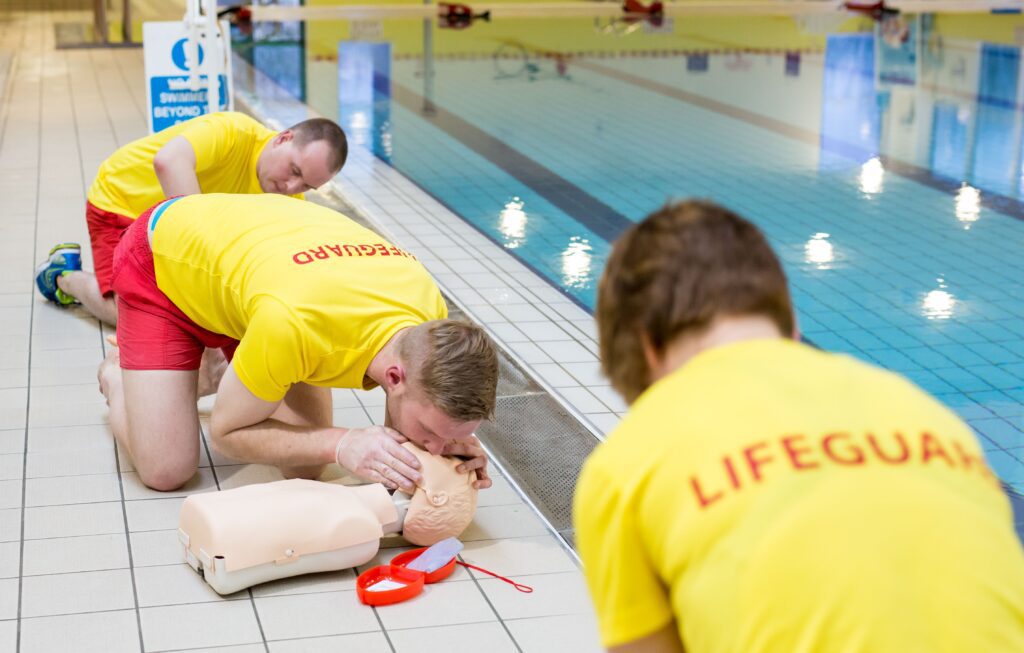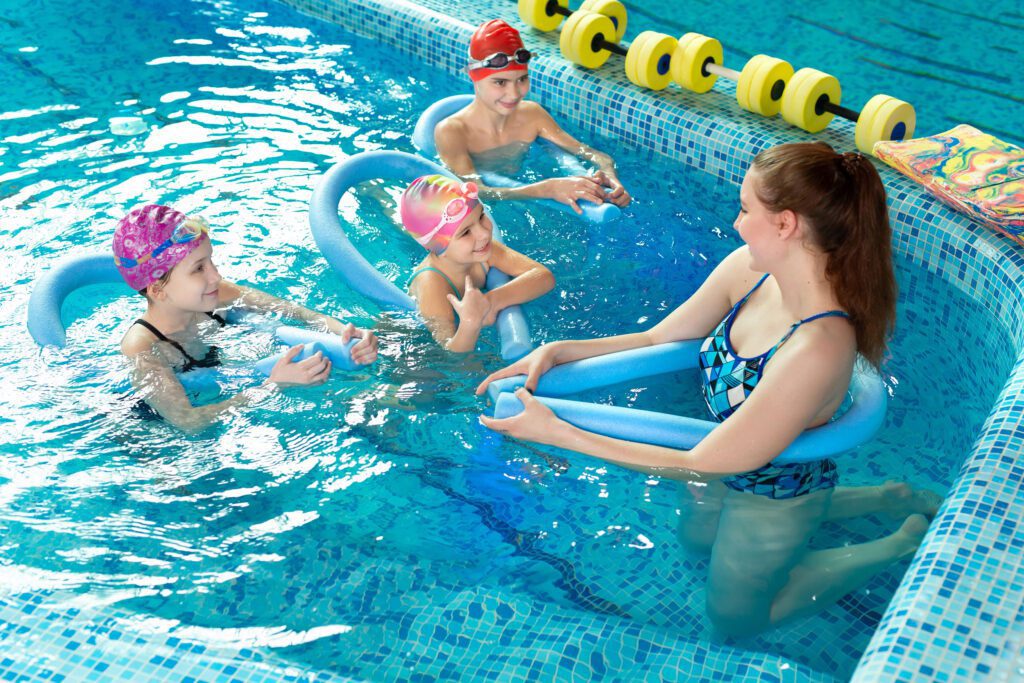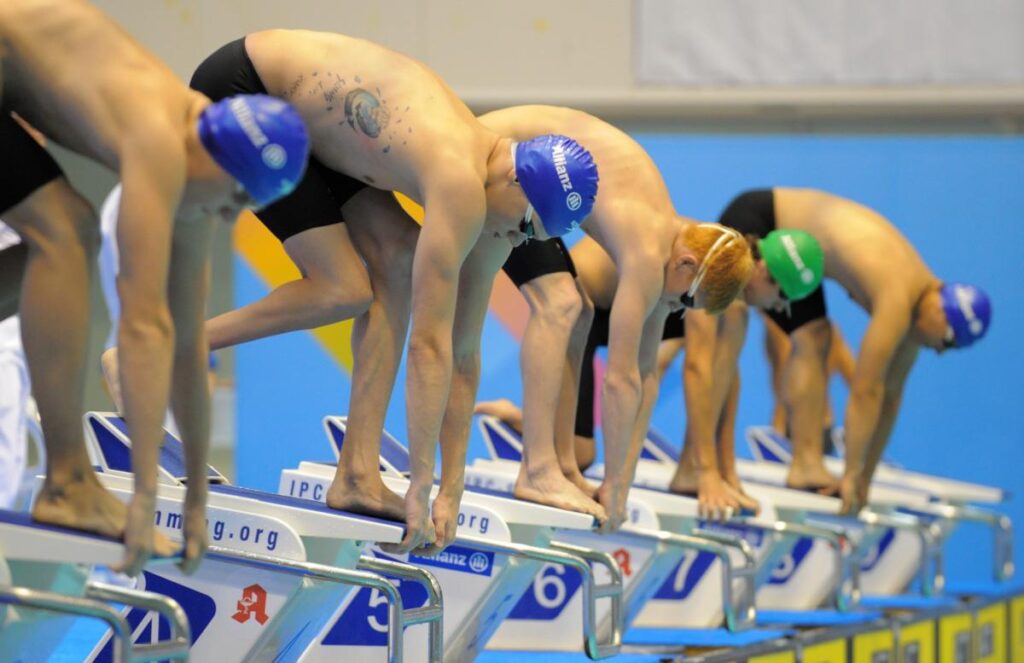When you go for a swim, you’re only exposed to the pool for a couple of hours. But what if you worked in it all day long? According to different studies worldwide, poolside employees demonstrate more frequently work-related respiratory and airways symptoms.
Save the lifeguards
Lifeguards and other workers who spend many hours a day near the water were checked for their health status in different studies². These showed that the lifeguards have a greater risk of suffering from sinusitis, sore throat or chronic cough then the employees less exposed to byproducts of disinfection such as reception or food service staff. A study³ shows that the pool staff has a 40 % increased risk of developing bronchial spasms and are 7 times more likely to suffer from effort dyspnea than the general population.
The Netherlands Center for Occupational Diseases urged the government to initiate a study in Dutch pool employees. This study of 38 swimming facilities and 624 swimming pool employees showed an elevated prevalence of airways symptoms in swimming pool employees compared with the Dutch general population. Compared with administrative staff at swimming facilities, poolside workers demonstrated more frequently work-related upper respiratory symptoms. This, together with the findings that the use of asthma medication has increased, indicates that workers might be at risk of developing respiratory symptoms. And it seems exposure to trichloramine is the most important cause for the prevalence of symptoms.

Risk profession at risk
The health problems of swimming pool employees have been known for a long time. In Belgium for example, the profession of lifeguard and/or swimming instructor with an employment of 8 hours/day for at least 3 days a week, is classified as a ‘risk profession’. This means they receive an annual medical examination for respiratory complaints and the lung function is screened by means of spirometry as standard. In collaboration with the Agency for Care and Health, a study was conducted for three years (2015-2018) into the impact of switching from a classic chlorine-rich bath (average value free available chlorine 1.00 ppm) to a low-chlorine bath (average value free available chlorine 0.30). ppm). This took place in a well-attended public reference swimming pool in Dilbeek (Brussels). After a one-year trial run, it was determined that the respiratory complaints of the pool staff had completely disappeared.
Minimal exposure to hazardous substances
Drobnic et al (ref;) showed that in an 8-hour shift in the swimming hall, swimming pool workers received a total intake of irritative THMs at the edge of the permitted level (treshhold limited value). A recent comparative study of the air quality in indoor swimming pools by Felguiras et al (ref 2020. Environmental International 136 105401) found that the air quality differs from hour to hour and is different for the swimmers who breathe just above the water and the coaches or rescuers standing on the sidelines. According to the concentrations measured throughout the day, maintenance staff could minimise occupational exposure to hazardous substances by choosing, whenever possible, the early morning period to carry out maintenance practices that require a long stay in the area surrounding the swimming pools. In other studies it was already established that the pre-availability and/or susceptibility to chlorine derivatives for the development of respiratory problems and asthma differs individually. This means that some people have no problems and others do.
Air ventilation to the rescue
Increasing the ventilation with fresh air is the only structural solution in many swimming pools. Since air recuperation keeps the irritating by-products of chlorine in circulation, fresh air must be provided. This means a large cost for the operator in terms of both construction and cost price for heating the fresh air. As part of a switch from high-chlorine to low-chlorine swimming in a pilot project in Dilbeek (Brussels), it was found that ventilation (100% fresh air) could be reduced by 75%. Moreover, the fresh air ventilation was only set up on hot summer days. As a result, the annual price for heating fell by 25%. (At the cost price for gas in 2017 = €12,500/year). In addition, 12% more public visitors were received, resulting in an additional income of €38,000 per year.
²Source: Jacobs et al 2007, the Netherlands; Massin et al, 1998; Thicket et al., 2002, UK; Nordberg et al, 2008 Sweden; Fantuzzi et al., 2010, Italy; Florentin et al, 1998, France; Parat et al 2012, Switserland; Fornander et al, 2013, Sweden
³Ref: Health effects of disinfection by-products in chlorinated swimming pools. Arnaud Florin et al International Journey of Hygiene and Environmental health 214 (2011) 461-469
Related articles

